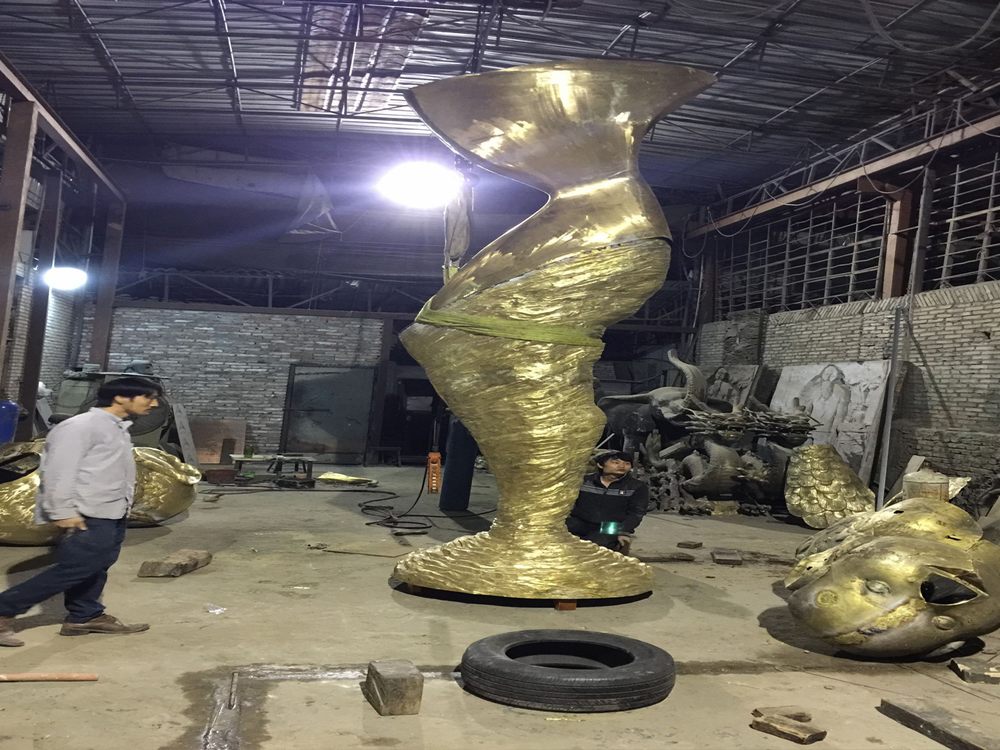
Stone sculptures have long served as a powerful medium for artists to challenge and explore the boundaries between art and architecture. By merging aesthetic expression with structural functionality, sculptors transform raw stone into works that defy conventional categorization.
One key approach is the integration of sculptures into architectural spaces, where they become both decorative and load-bearing elements. Artists like Richard Serra and Anish Kapoor have created monumental stone pieces that interact with their surroundings, altering perceptions of space and form. These works often serve as focal points while also contributing to the architectural narrative of their environment.
Another method involves using stone's inherent properties to create illusions of weightlessness or movement, contrasting with architecture's typically static nature. This tension between permanence and fluidity invites viewers to reconsider the relationship between artistic creation and built environments.
Contemporary artists are pushing these boundaries further by incorporating digital design techniques with traditional stone carving, resulting in hybrid forms that bridge ancient craftsmanship with modern architectural principles. This fusion demonstrates how stone sculptures continue to evolve as a dynamic interface between two creative disciplines.
Ultimately, stone sculptures in architectural contexts challenge us to see buildings not just as functional structures, but as canvases for artistic exploration - where form follows both utility and imagination.

